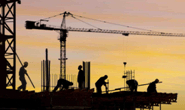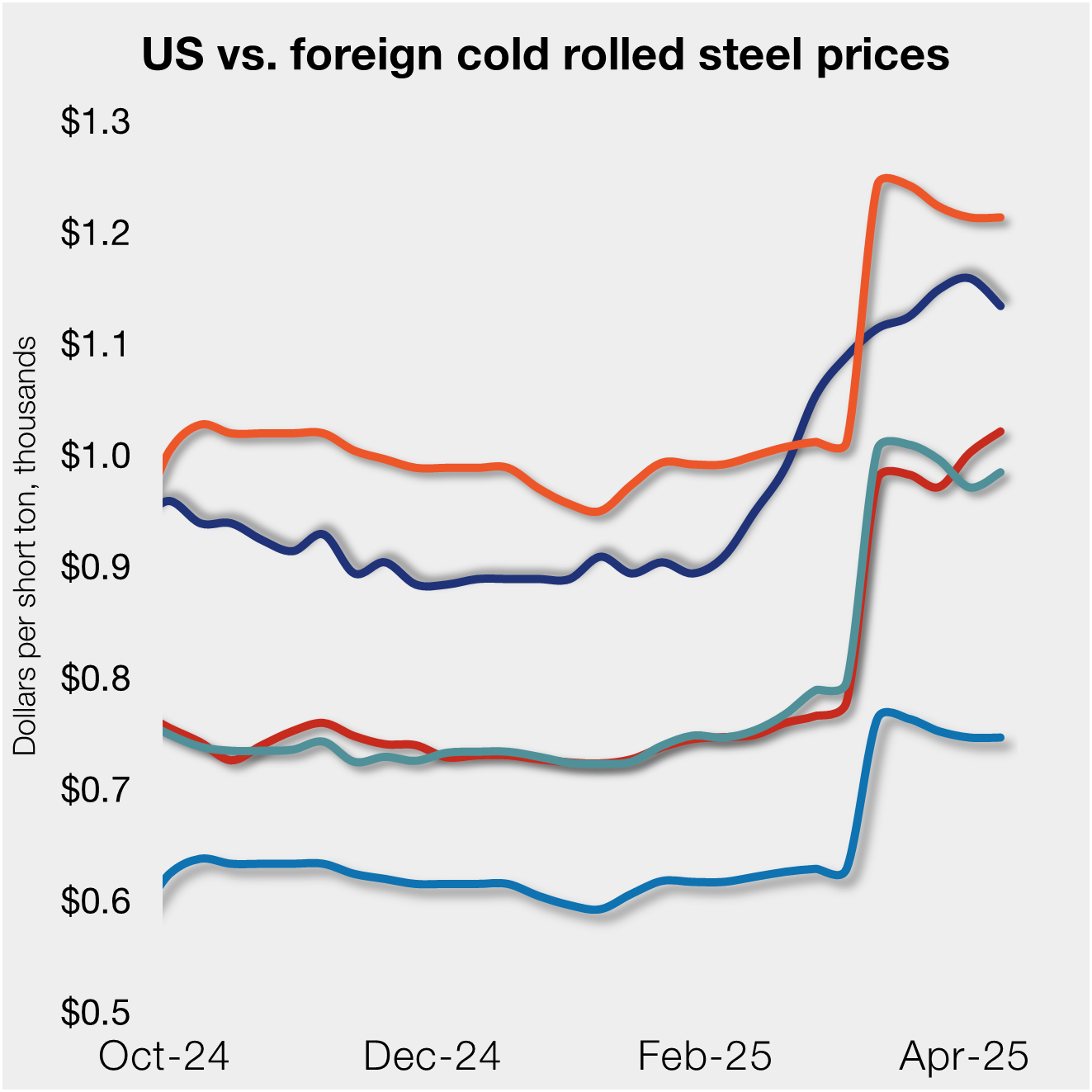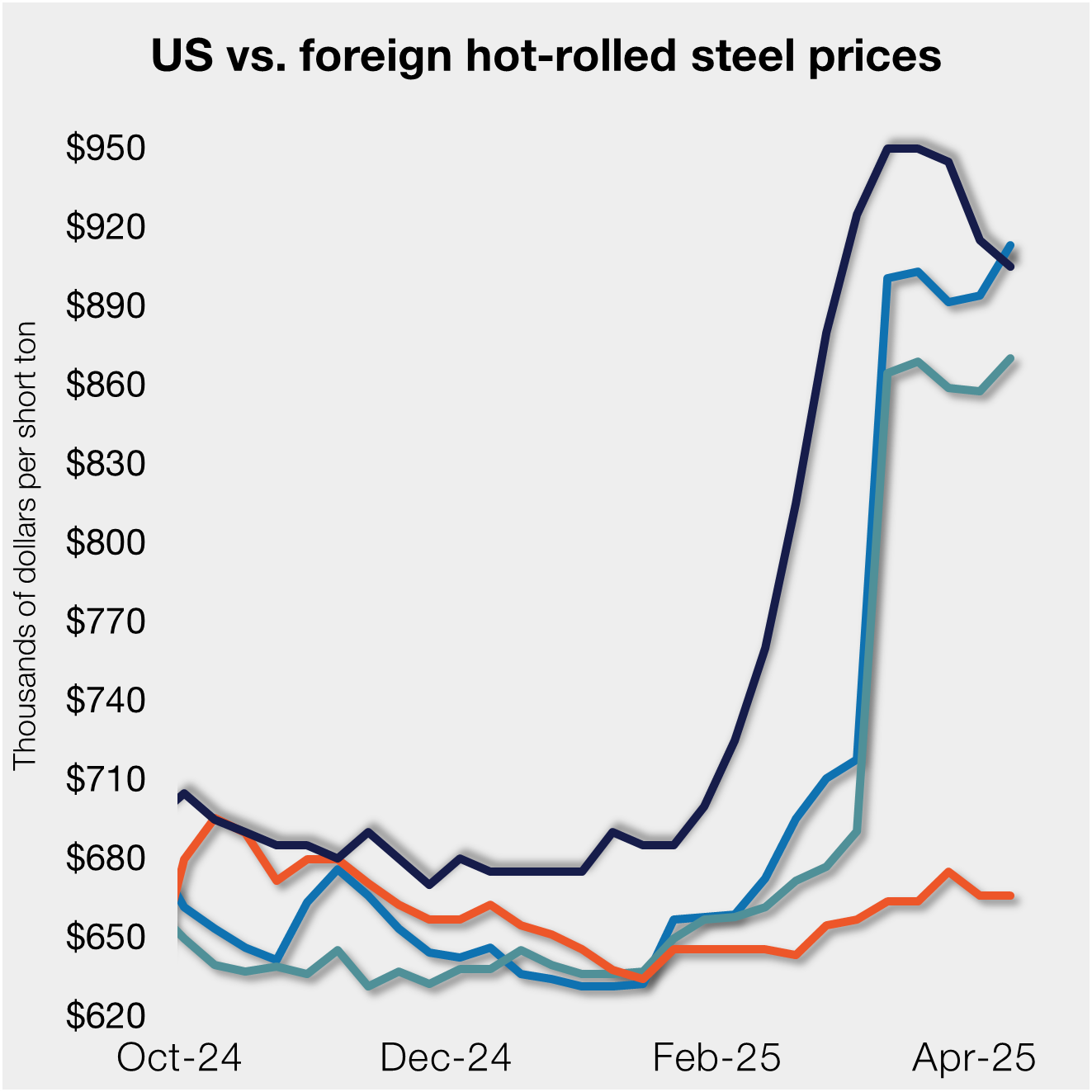Steel Products

SMU Steel Summit: Simonson Expects More Volatility in Construction
Written by David Schollaert
August 26, 2021
The shortage of qualified workers and supply chain disruptions continue to be a drag on the U.S. construction sector, said economist Ken Simonson, who predicted continued volatility for nonresidential building in the year ahead.
Speaking to the crowd of steel executives at SMU’s Steel Summit Tuesday in Atlanta, the Associated General Contractors of America’s chief economist said the construction outlook remains transitory. Shortages of construction materials should improve slowly. Nevertheless, the largest issues impacting the construction sector which relate directly to bottlenecks on transport and delivery, should continue to constrain the construction industry for the balance of the year.
“The pressure on materials costs are significant and are slowing or halting projects,” said Simonson. “Still, it should not spread onto consumers or wage costs. The current construction environment should remain impacted primarily by supply disruptions over employment disruptions.”
Simonson detailed how construction employment has plunged by 15% since February 2020, almost at the same rate as the total non-farm payroll. The construction industry bounced back last May and residential construction continued rising through the balance of the year. But nonresidential construction stalled suddenly last spring, and has only added about 1% from the June 2020 level.
Construction has varied widely from region to region. The largest metro areas have seen some of the greatest disruptions and have been, at times, the slowest to recover.
Through the first five months of 2021, construction spending rose 5% when compared to the same 2020 period. The differences across sectors are significant. Private residential spending has risen by more than 20%, while private and public nonresidential spending have declined by nearly 9% during the same period.
AGC expects further volatility across the construction sector due to supply scarcity. Materials cost and availability remain the greatest concern for contractors. Price points for construction materials are expected to remain elevated with further increases likely. However, the impact of high prices will mostly be felt by delayed projects.
On a positive note, Simonson said the downtrend in nonresidential construction is likely nearing the bottom. Future building plans and projects, according to the Architecture Billings Index, point towards an increase in spending and project commencement over the next 9-12 months.
“Barring any major COVID setbacks, the economy should see some normalization,” said Simonson. “The pending infrastructure spend will certainly aid in the correction.”
By David Schollaert, David@SteelMarketUpdate.com

David Schollaert
Read more from David SchollaertLatest in Steel Products

SMU flat-rolled market survey results now available
SMU’s latest steel buyers market survey results are now available on our website to all premium members. After logging in at steelmarketupdate.com, visit the pricing and analysis tab and look under the “survey results” section for “latest survey results.” Past survey results are also available under that selection. If you need help accessing the survey results, or if […]

CRU tariff webinar replay now available
CRU’s latest webinar replay on how Trump’s tariffs affect the global steel market is now available on our website to all members. After logging in at steelmarketupdate.com, visit the community tab and look under the “previous webinars” section of the dropdown menu. You’ll find not only this special CRU webinar but also all past Community […]

US, offshore CRC prices diverge
US cold-rolled (CR) coil prices declined this week, slipping for the first time since early February. Most offshore markets deviated, moving higher this week.

Construction growth slowed in March on tariff woes: Dodge
The decline comes after reaching a record high in January to kickstart the year.

Return of S232 zapped gap between US and EU HR prices, Asian HR remains cheaper
Domestic hot-rolled (HR) coil prices declined this week for a third straight week. Most offshore markets bucked the trend and gained ground. Uncertainty in the US market around tariffs, especially after “Liberation Day,” caused US prices to slip as buyers moved to the sidelines. It’s unclear to date whether the 90-day pause on the more […]
